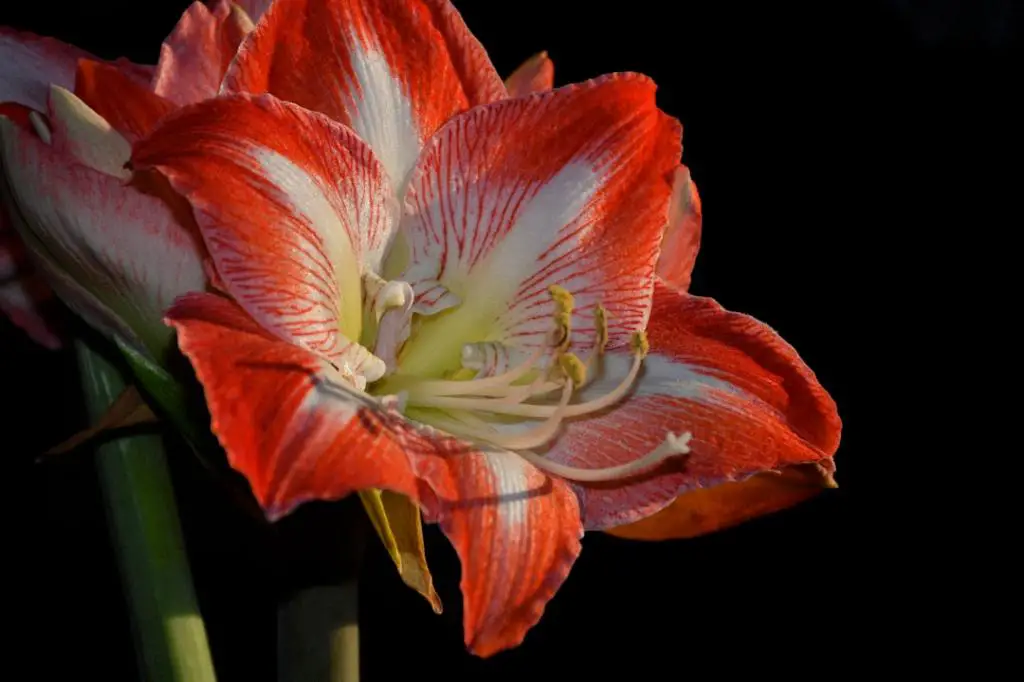Amaryllis plants, known for their vibrant and stunning blooms, require proper care to thrive and produce beautiful flowers. To ensure the health and longevity of your amaryllis plant, it is essential to follow specific guidelines for watering, fertilizing, and overall maintenance.
Provide Well-Draining Soil
When planting your amaryllis bulb, make sure to use well-draining soil to prevent waterlogging, which can lead to root and bulb rot. A mixture of potting soil, perlite, and sand can create an ideal growing medium for your amaryllis plant.
Watering Practices
Avoid overwatering your amaryllis by allowing the top inch of soil to dry out between waterings. When watering, ensure that excess water can drain out of the pot to prevent water accumulation, which can harm the plant.
Fertilization Schedule
When new growth appears on your amaryllis plant, it is time to start fertilizing. Use a balanced, half-strength fertilizer with a high phosphorus content to promote blooming and overall plant health. Regular fertilization during the growing season can encourage robust flower production.
Sunlight Requirements
Place your amaryllis plant in a location that receives bright, indirect sunlight. Adequate light exposure is essential for the plant to photosynthesize and produce energy for growth and blooming. Rotate the plant occasionally to ensure even sun exposure on all sides.
Temperature and Humidity
Amaryllis plants thrive in temperatures between 60-75°F (15-24°C). Avoid exposing the plant to extreme temperature fluctuations, as this can stress the plant. Maintain moderate humidity levels around the plant to prevent dehydration.
Pruning and Deadheading
Regularly inspect your amaryllis plant for any dead or yellowing leaves and flowers. Trim these off to promote new growth and prevent the spread of diseases. Deadheading spent flowers can redirect the plant’s energy towards producing new blooms.
Support Structures
As your amaryllis plant grows taller and blooms become heavier, consider providing support structures such as stakes or trellises to prevent the plant from toppling over. Secure the stems gently to the support to avoid damaging the plant.
Repotting Guidelines
Repot your amaryllis plant every 2-3 years to refresh the soil and provide additional space for root growth. Select a slightly larger pot with adequate drainage holes to accommodate the expanding bulb. Repotting in the fall after the plant goes dormant is ideal.
Pest Management
Monitor your amaryllis plant for common pests such as aphids, spider mites, and mealybugs. Regularly inspect the leaves and stems for any signs of infestation and treat the plant with insecticidal soap or neem oil as necessary to control pests.
Dormancy Period
After blooming, allow your amaryllis plant to enter a period of dormancy by reducing watering and withholding fertilizer. Place the plant in a cool, dark location for a few months to rest and recharge before initiating the next growing cycle.
Final Thoughts
By following these care guidelines and providing optimal conditions for your amaryllis plant, you can enjoy a continuous display of stunning blooms year after year. Remember to observe your plant regularly, adjust care practices as needed, and appreciate the beauty and elegance that amaryllis plants bring to your indoor space.

